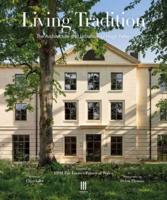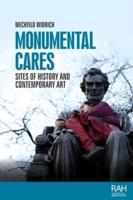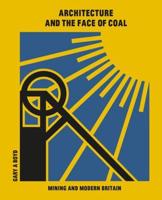Publisher's Synopsis
When we come across a mound in the woods, six feet long and three feet wide raised to a pyramidal form by a spade we become serious and something in us says: someone was buried here. That is architecture. Adolf Loos, Architecture, 1910 Monuments, memorials and the architecture of death recall the most profound archetypes of building from our collective unconscious: from the brutal power of the burial mound to the terrible loneliness of the single memorial in a crowd of gravestones or in the repetitive grid of a columbarium, these are structures which have the power to touch us and provoke the existential angst which is the engine of the human mind. But death is a taboo subject in a society where people are pathologically fearful of reminders of their own mortality, who see death not as a defining moment in the human condition but as something to be sanitised and pushed to the edges of consciousness and subsequently, the fringes of the town and city. Despite the great quantity of scholarship and literature which has been devoted to the great memorials from Antiquity to the Renaissance, from the pyramids to the Roman mausolea and Gothic memorials, scant a ttention has been paid to modern works an illustration of the current fear of embracing the subject of death. Yet the architects of some of the greatest and most iconic works of recent years (including Aldo Rossi, Carlo Scarpa, Enric Miralles and others) have concerned themselves with this eternal theme. This book attempts to examine the role of architecture in addressing death by featuring a wide range of recent funerary buildings and monuments and defining their place in creating a modern architecture of death. Other titles in the series include: Museum Builders Theatre Builders Library Builders Church Builders Future titles include: Airport Builders Office Builders University Builders Bank Builders








